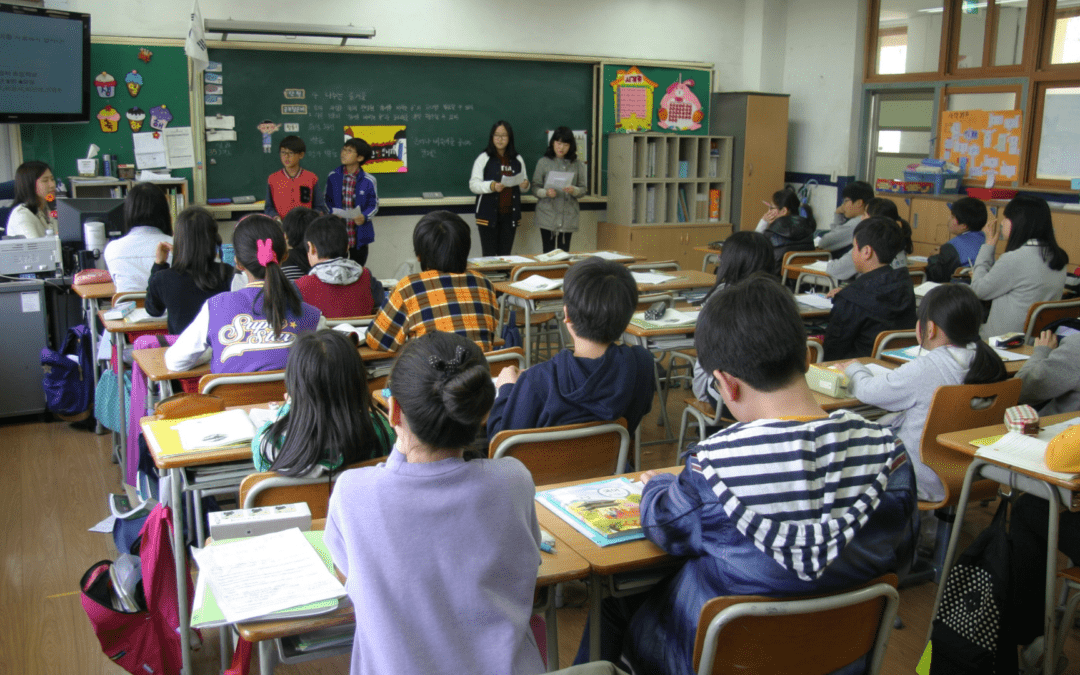As we make our way through the ‘dog days of summer,’ we see the upcoming school year quickly approaching. Typically, the end of summer break brings a mixed bag of emotions. Students heading back to school this year have not just experienced a ‘standard’ 12 week break in between grades; rather, the Covid-19 Pandemic experienced over the last 18 months has been an extended time away with experiences out of the norm. As this time has created different burdens for each individual, it is necessary to address the variety of symptoms students may present upon their arrival back into what is intended to be a normal school year.
Although learning will take place in classrooms filled with students while masks and social distancing may be optional, students will experience increased social interactions and more hands-on, integrated learning experiences than the previous year. The re-entry of students into school buildings creates a possible trigger for individuals who have not previously experienced at-capacity social settings in the last 18 months. Parents can note signs of their children’s withdrawn or overly-attached behaviors, emotional outbursts, different affects, and mood shifts among other symptoms causing concern. Proactive conversations with students on possible obstacles to overcome and feelings that may arise can increase preparedness and lessen anxiety as the school year begins.
Despite the possibility of provoking anxiety, school reopenings may usher in relief by providing essential resources such as meals and coordinated after school care as some may have faced consequences such as increased hunger, rates of domestic violence, and poverty. Research based on past pandemics prove that mental health symptoms last many years after periods of isolation; parents, teachers, and ethical practitioners alike will carry the responsibility of being advocates for students to obtain their needs.
A person lacking the foundation of basic safety needs being met cannot move towards achieving increased self-esteem and self-actualization. Mental health practitioners work with clients in-session while caregivers and teachers can proactively use tools for increased wellness outside of the therapeutic environment, through providing coping skill ideas such as: deep breathing techniques, body monitoring, Stop-And-Think techniques, Blowing Away Worries and more to use in the home or classroom. Therapists can also provide guardians and teachers psychoeducation about traumatic experiences, anxiety, depression, their various effects, and ways we can assist struggling students.
Life Connections therapists in-offices and in-schools can assist students in managing their emotions and feelings while making the transition into the next school year. By maintaining positive, affirming demeanors, therapists can provide varieties of theoretical approaches based on students’ needs. Younger students can engage in creative activities such as play and drawing while older elementary aged and adolescent students can discover conducive ways to express feelings, identify distorted thoughts, and resolve conflicts emerging due to the school year starting, plus much more!
Josh Bird, tLMHC
Master’s Level Therapy Intern
Because Life is All About Connections
Life Connections provides in-home Behavioral Health Intervention services, Therapy services, autism (ABA) services and Children’s Mental Health waiver services in our 13 office locations and approved schools across Iowa. Life Connections was founded in March of 2009 with the intent to serve the children and families of Cedar Rapids and surrounding cities.
Life Connections is a highly professional and caring counseling and behavioral health provider. We offer a wide array of services to treat mental health issues including Applied Behavior Analysis Services, Behavioral Health Intervention Services, mental health therapy, school-based therapy programs, and substance use treatment.
Start Your Services
Start Mental & Behavioral Health Services with Life Connections | Because life is all about connections.

